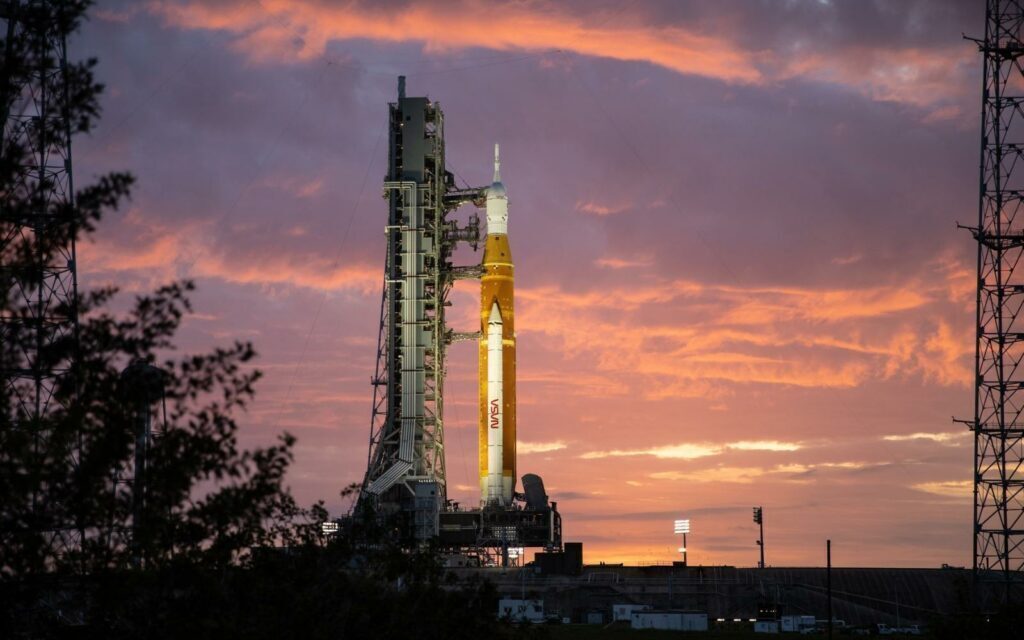NASA’s return to the moon starts with a single launch. We hope. Artemis 1 was scheduled to lift off at the end of August and then again at the beginning of September. Neither of those took place because this actually is rocket science.
A new date for Artemis 1’s liftoff has solidified. NASA is booking 27 September for liftoff, now that several repairs to the Space Launch System (SLS) rocket have been completed. A second date has also been set, in the event that September’s launch doesn’t go ahead. 2 October will be the backup day for launch.
Cold logic
The issues the Artemis 1 rocket faced during its previous two launch attempts involved the seals on the hydrogen fuel tank. The rocket was pulled from the launch pad so these could be replaced. NASA’s done the replacement but, like any good mechanic, they feel there’s still work to be done.
Specifically, Artemis 1 engineers will test the new seal at ambient temperatures. Assuming everything is copacetic, the next order of business is a cryogenic tanking demonstration. That’s when NASA fills the chilled fuel tanks with gas. This final test will show whether the hydrogen seal will hold up and it’ll also let the agency test a new fuelling procedure.
Read More: ROSS is Russia’s planned space station… if it leaves the ISS behind for good
The new process is designed to reduce stress in the tank, both thermal and pressure-based. If that works out, the next thing is an operation called a kick-start bleed test. Despite sounding like something you really don’t want a phlebotomist to do to you, it’s how Artemis 1’s engines will be cooled to the required temperature before liftoff.
Stuff will keep an eye on the launch at month-end (or lack thereof). Should Artemis slip the surly bonds of Earth (Thanks, John Gillespie Magee Jr.), it’ll send the Orion capsule on a 42-day journey around the moon and back. After that, NASA can try again. Using people, this time.




